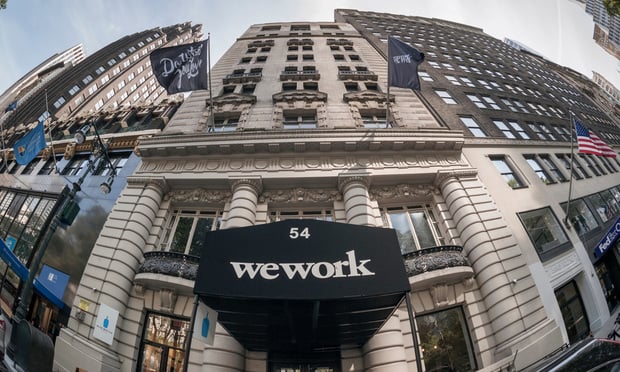HOUSTON—WeWork's setback could lead to a number of landlords in various US markets wrestling with how to fill space, according to a new Transwestern research report.
There have been many measures of the impact coworking has had on the office sector; Transwestern offers a new one in its study: when comparing coworking expansion to the growth of top industries nationally since 2015, coworking ranks ninth. Just prior to WeWork's IPO, momentum in the sector accelerated dramatically, improving its ranking to sixth among all industries through the third quarter of 2019, and by itself accounting for nearly 8 million square feet of absorption.
Recommended For You
Want to continue reading?
Become a Free ALM Digital Reader.
Once you are an ALM Digital Member, you’ll receive:
- Breaking commercial real estate news and analysis, on-site and via our newsletters and custom alerts
- Educational webcasts, white papers, and ebooks from industry thought leaders
- Critical coverage of the property casualty insurance and financial advisory markets on our other ALM sites, PropertyCasualty360 and ThinkAdvisor
Already have an account? Sign In Now
*May exclude premium content© 2025 ALM Global, LLC, All Rights Reserved. Request academic re-use from www.copyright.com. All other uses, submit a request to [email protected]. For more information visit Asset & Logo Licensing.









